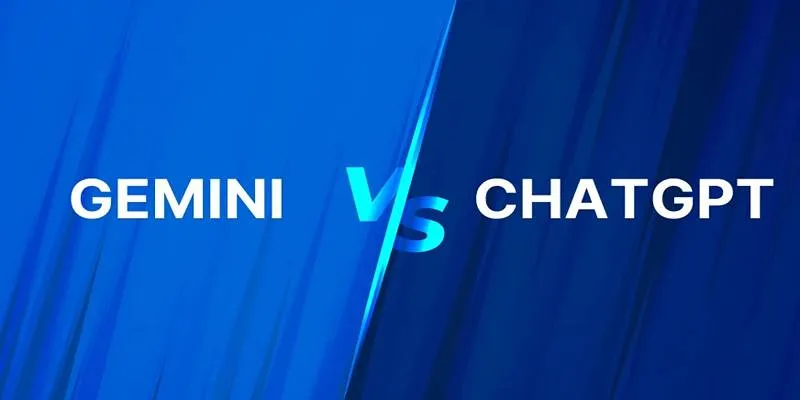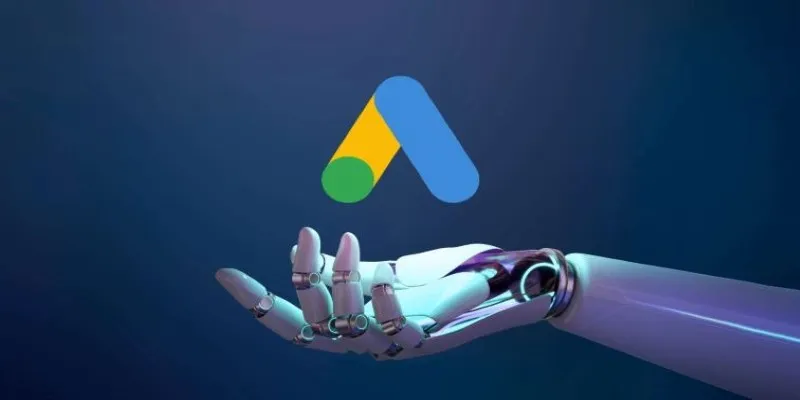I. Introduction: The Birth of AlphaEvolve and Its Far-Reaching Impact
Google DeepMind’s AlphaEvolve is a revolutionary coding agent that ingeniously combines the generative power of large language models (LLMs) with the iterative optimization mechanisms of evolutionary algorithms, enabling autonomous discovery, optimization, and generation of novel algorithms. This system marks a critical milestone in artificial intelligence (AI) for scientific discovery and algorithmic design, with the potential to fundamentally transform how we approach complex computational problems. Some researchers even view it as a foundational step toward artificial general intelligence (AGI) or even artificial superintelligence (ASI).
At its core, AlphaEvolve operates through a self-improving evolutionary process, continuously iterating and refining code to achieve breakthroughs in fields ranging from mathematics and computer science to the optimization of Google’s own infrastructure. This report provides a comprehensive analysis of AlphaEvolve’s technical architecture, core capabilities, real-world applications, challenges, and its profound implications for the future of technology.

II. Definition and Origins of AlphaEvolve
AlphaEvolve is an evolutionary coding agent developed by Google DeepMind, designed to autonomously discover and enhance algorithms using the Gemini family of large language models (LLMs). It operates by intelligently generating prompts, refining context through evolutionary algorithms, and leveraging two powerful base LLMs—one for rapid idea generation and another for improving solution quality.
Unlike predecessors such as AlphaFold (focused on protein folding) or AlphaTensor (specialized in matrix multiplication), AlphaEvolve is a general-purpose system capable of automatically modifying code and optimizing for multiple objectives across diverse scientific and engineering tasks.
While evolutionary computation is not new—genetic programming has existed for decades—AlphaEvolve’s innovation lies in combining modern LLMs’ sophisticated code comprehension and generation with evolutionary strategies, creating a powerful new paradigm. It is not merely a code generator but a system that iteratively self-improves, discovering novel, efficient, and sometimes counterintuitive algorithms. This distinguishes it from traditional machine learning models reliant on static fine-tuning or manually labeled datasets, instead emphasizing autonomous creativity, algorithmic innovation, and continuous self-refinement.
AlphaEvolve represents a significant leap forward by enabling full codebase evolution rather than optimizing individual functions in isolation.
III. Deep Dive into Technical Architecture and Core Algorithms
AlphaEvolve’s architecture revolves around a self-contained evolutionary process powered by LLMs. This process does not simply generate outputs but iteratively mutates, evaluates, selects, and improves code across multiple “generations”.
A. Core Driver: Integration of Gemini Large Language Models
The engine behind AlphaEvolve is Google’s Gemini model series. Specifically, the system employs an LLM ensemble strategy, combining different models for complementary strengths:
- Gemini Flash: Optimized for low latency and high throughput, this model rapidly generates diverse candidate solutions and code variants, prioritizing creativity and speed.
- Gemini Pro: With superior reasoning and complex instruction comprehension, this model refines and optimizes preliminary solutions from Gemini Flash, enhancing quality and innovation.
This dual-model synergy balances exploration breadth and exploitation depth, ensuring both rapid iteration and high-quality solutions.
Gemini’s massive context window allows AlphaEvolve to process and evolve entire codebases (spanning hundreds of lines) rather than just small functions, as seen in earlier systems like FunSearch. This capability is crucial for system-wide optimization.
B. Core Algorithm Loop: Evolutionary Computation Reimagined
AlphaEvolve follows a meticulously designed evolutionary algorithm loop, integrating LLM-generated modifications with automated evaluation and selection. The key steps are:
- Initial Program & Goal Setting: The process begins with a human-provided initial program, where specific regions are marked for evolution (e.g., via
# EVOLVE-BLOCK-START/ENDcomments). - Prompt Sampling & Construction: The Prompt Sampler selects and embeds successful past code samples, performance metrics, task-specific instructions, and diverse “inspiration” solutions to guide LLM modifications.
- Code Mutation & Proposal: The LLM (primarily Gemini Flash) analyzes the current program and suggests structured code changes (diffs), such as adding functions, optimizing loops, or adjusting hyperparameters.
- Program Creation & Automated Evaluation: Proposed changes are applied, and candidate programs are evaluated using user-defined metrics (e.g., speed, accuracy, resource usage).
- Selection & Iteration: Top-performing variants (“parents”) proceed to the next generation, while successful modifications feed back into the prompt mechanism.
C. Key Architectural Components
- Prompt Sampler: Dynamically constructs rich prompts, incorporating prior successes and task-specific guidance.
- Program Database & Controller: Stores programs and metrics, employing MAP-Elites and Island Models to maintain diversity.
- Evaluation Framework: Executes and scores candidate programs, often using cascading tests for efficiency.
D. Training Methodology: Self-Improvement Through Evolution
Unlike traditional ML models trained on static datasets, AlphaEvolve learns through evolutionary cycles, refining solutions based on performance feedback rather than pre-labeled data.
IV. Capabilities and Distinguishing Features
- Full-Codebase Evolution: Handles complex, multi-function codebases, not just isolated functions.
- Multi-Objective Optimization: Balances competing goals (e.g., speed vs. memory usage) without explicit weighting.
- Human-Readable & Verifiable Solutions: Generates interpretable, debuggable code while ensuring correctness.
- General-Purpose Design: Adaptable across domains with minimal human input.
V. Milestone Achievements and Real-World Impact
Mathematics:
- Reduced 4×4 complex matrix multiplications from 49 to 48 scalar operations.
- Advanced the kissing number problem in 11-dimensional space.
- Improved bounds for the Erdős minimum overlap problem.
Google Infrastructure:
- Optimized Borg workload scheduling, reclaiming 0.7% of global compute resources.
- Enhanced TPU circuit design by removing redundant logic.
AI Development:
- Accelerated Gemini training kernels by 23%, cutting total training time by 1%.
- Boosted FlashAttention kernel speed by 32.5%.
VI. Broader Implications: Reshaping Industries and Research Paradigms
- Scientific Discovery: Scientists may transition into “problem definers” while AI handles iterative exploration.
- Economic Impact: Potential $100M+ annual savings for Google alone, with broader applications in logistics, manufacturing, and finance.
- AGI Trajectory: Recursive self-improvement sparks debate about AlphaEvolve’s role in advancing AGI.
VII. Challenges and Limitations
- “Machine-Gradable” Constraint: Limited to problems with quantifiable evaluation metrics.
- Computational Costs: Resource-intensive evolution cycles hinder scalability.
- Explainability Gap: Human-readable code ≠ deep theoretical understanding.
- Academic Scrutiny: Some question the novelty of its achievements (e.g., incremental vs. groundbreaking improvements).
VIII. Ethical Imperatives and Governance
- Transparency & Bias: Concerns over proprietary code and embedded biases.
- Socioeconomic Disruption: Job displacement risks necessitate reskilling initiatives.
- Dual-Use Risks: Potential misuse in military or surveillance applications.
- Governance Frameworks: Call for multi-layered oversight (technical safeguards, organizational policies, international agreements).
IX. Expanding Ecosystem and Future Outlook
- Open-Source Alternatives: Projects like OpenEvolve replicate core functionalities.
- Google’s Roadmap: Early-access programs and user-friendly interfaces in development.
- Long-Term Vision: Meta-evolution (self-optimizing AI) and autonomous research systems.
X. Conclusion: AlphaEvolve’s Enduring Legacy
AlphaEvolve represents a transformative leap in AI-driven discovery, blending LLM creativity with evolutionary rigor. Its achievements—from mathematical breakthroughs to infrastructure optimizations—underscore its potential to redefine scientific and technological progress.
Yet, its rise also demands urgent ethical and governance frameworks to address challenges like bias, job displacement, and misuse. As a harbinger of human-AI collaboration, AlphaEvolve leaves an indelible mark on the path toward more capable, responsible AI.
 zfn9
zfn9




















